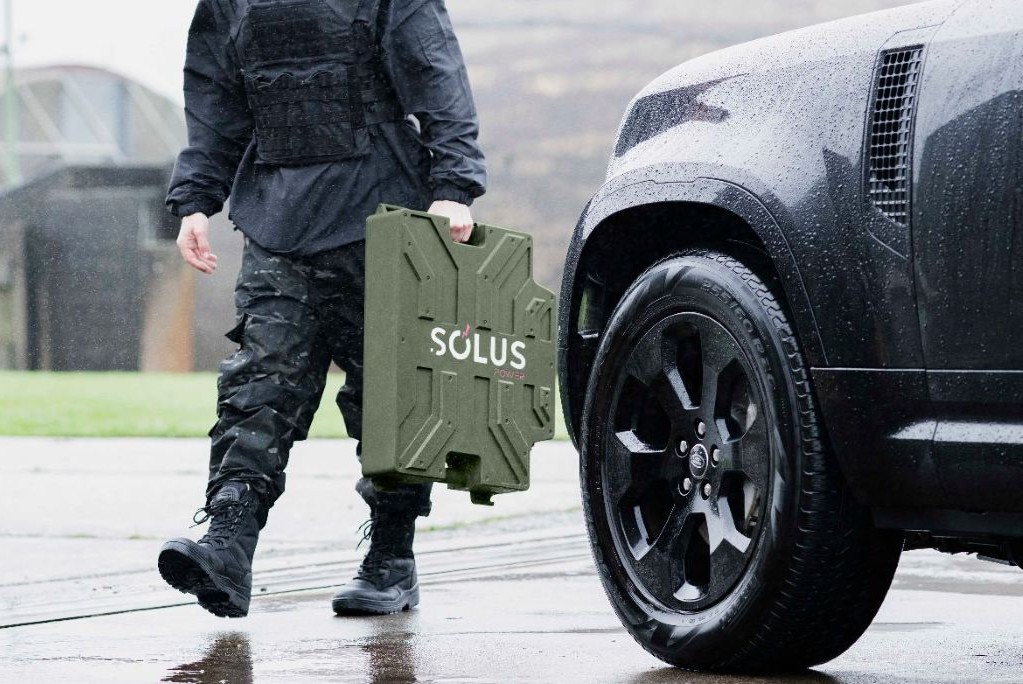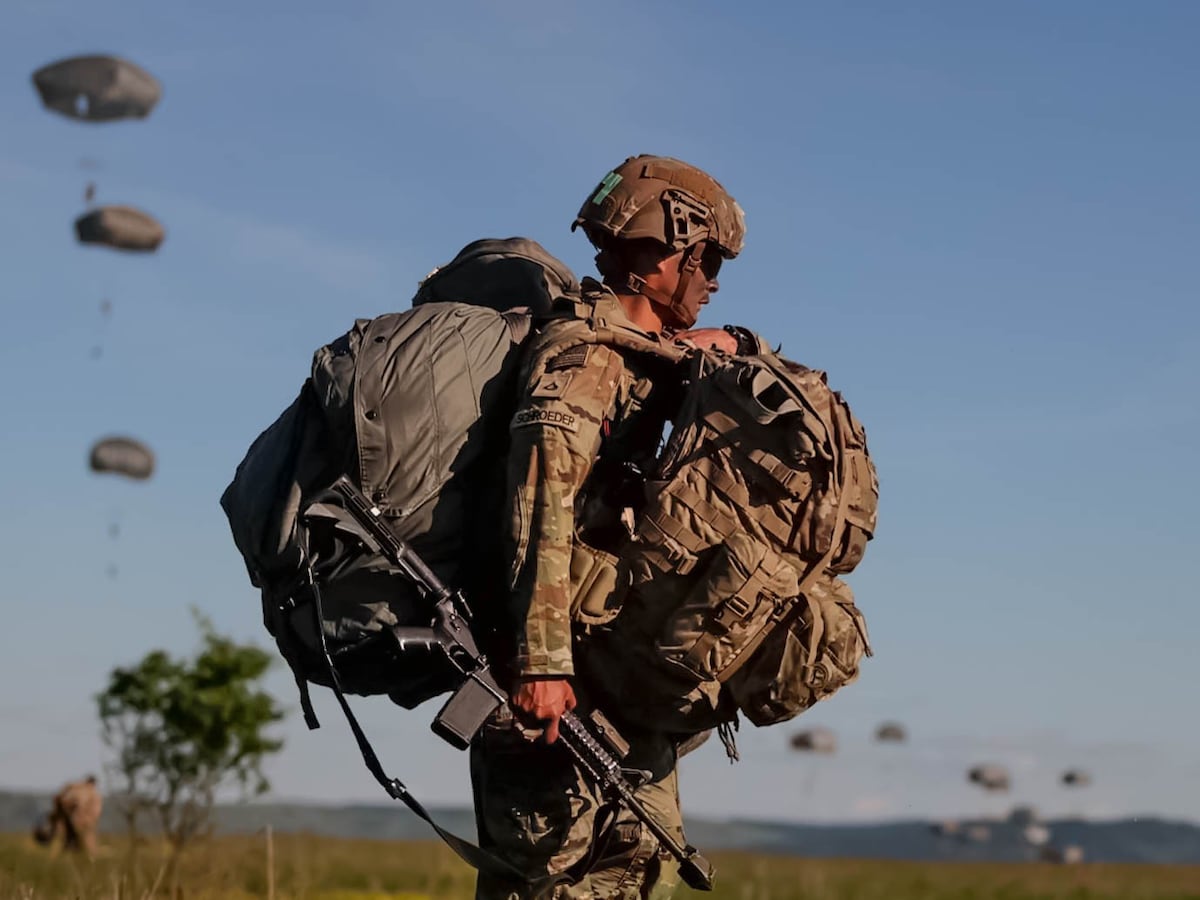Marine Corps Modernization: A Strategic Shift Toward Advanced Warfare
Overview of Modernization Efforts
The recent Marine Corps modernization plan outlines a strategic vision for enhancing operational readiness through the establishment of “kill webs.” Unlike the traditional “kill chains,” these advanced networks aim to integrate diverse military intelligence and warfare capabilities, enabling timely threat identification and engagement across the globe. This approach is part of a comprehensive initiative that began in 2020 and aligns with the Pentagon’s National Defense Strategy, focusing on evolving naval expeditionary warfare.
General Eric Smith, Commandant of the Marine Corps, encapsulated this vision in his introduction to the 2025 Force Design Update, emphasizing that while technology is critical, it does not define the Marine Corps’ identity. He stated, “We do not man the equipment; we equip the Marine,” underscoring the enduring ethos that remains central to military effectiveness.
Responses to Evolving Warfare Dynamics
The Marine Corps acknowledges that the nature of warfare is continuously transforming, marked by the integration of sophisticated adversarial capabilities. The current landscape features:
- Advanced drones and unmanned systems
- Long-range precision munitions
- Cyber warfare techniques
- Electromagnetic operations
These components necessitate an adaptive and proactive force structure capable of countering emerging threats. The Force Design initiative aims to ensure that Marines remain at the forefront of operational capabilities, employing a continuous learning framework tested through wargames and refined in live exercises.
Key Modernization Initiatives
The Marine Corps has identified several critical projects that will drive the modernization agenda over the coming months:
- Marine Air Command and Control System Revitalization: This marks a significant shift intended to enhance operational command and control capabilities.
- Deployment of Attack Drone Teams: Stations at Quantico are set to operationalize new unmanned aerial capabilities.
- Artificial Intelligence and Machine Learning Integration: Efforts are underway to embed these technologies into various systems to augment decision-making processes and warfighting effectiveness.
- Collaborative Combat Aircraft Development: As part of a broader push for innovation, these aircraft aim to improve multi-domain operations.
- Project Dynamis: This initiative supports the Combined Joint All-Domain Command and Control (CJADC2) efforts in concert with the Navy’s Project Overmatch.
These projects are fundamentally altering how Marines will engage in modern combat, ensuring proficiency not only on land and sea but also in cyberspace and the electromagnetic spectrum.
Enhancing Logistic Capabilities
The plan addresses contemporary challenges in logistics amidst contested environments. It outlines the establishment of new prepositioning programs in strategic locations such as:
- The Philippines
- Australia
- Palau
In conjunction with these new programs, existing operations in Norway and maritime locations will strengthen regional responsiveness and allied partnerships. The transition of the Autonomous Low-Profile Vessel capability to a formal program of record further supports logistics distribution over extended distances.
Conclusion: Preparing for Future Conflicts
The Marine Corps modernization plan signals a significant shift in preparing for the complexities of future warfare. By investing in advanced technologies and rethinking operational strategies, the Corps is positioning itself to remain lethal, agile, and adaptable in a rapidly evolving threat landscape. As adversaries continue to innovate in warfare methodologies, the Marine Corps’ focus on a comprehensive modernization strategy will be key to maintaining a competitive edge.
This transformative period within the Marine Corps not only reflects an urgent response to current global security dynamics but also lays the groundwork for a more robust and capable force prepared for the challenges that lie ahead.





